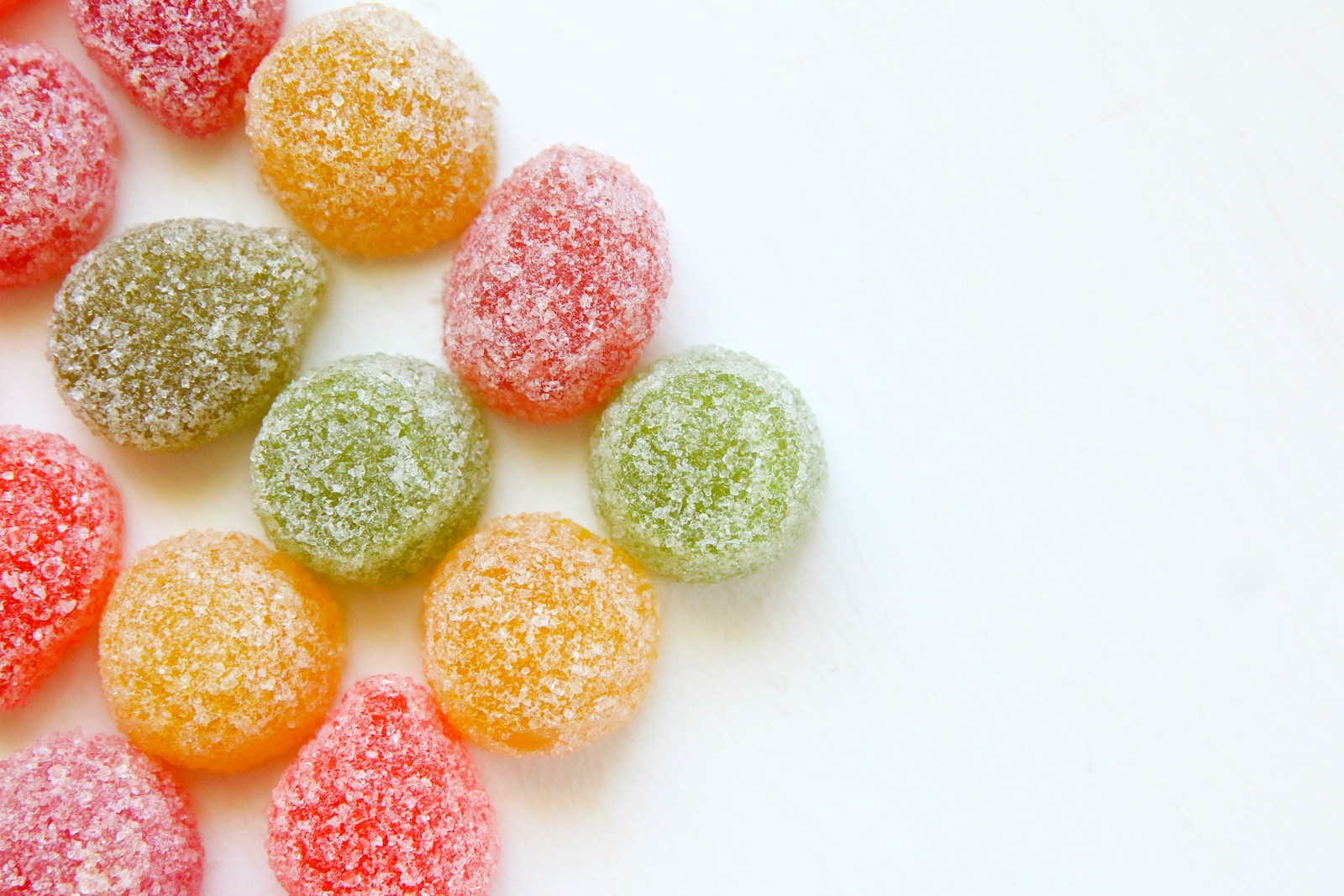Table of Contents
ToggleIntroduction:
Peeps candy is a popular treat, particularly during the Easter season. However, recent concerns have been raised about the potential link between Peeps candy and cancer. Specifically, the candy contains a controversial food dye, which has been associated with an increased risk of cancer. In this article, we will explore the science behind these claims and provide information on how to make informed choices when it comes to consuming candy.
The Controversial Food Dye:
The food dye in question is known as Red Dye No. 3, which is used to give Peeps candy its signature pink color. The dye has been the subject of controversy for decades, with some studies suggesting that it may increase the risk of cancer in animals and humans.
The Science behind the Claims:
While some studies have suggested a link between Red Dye No. 3 and cancer, the evidence is not conclusive. The U.S. Food and Drug Administration (FDA) has approved the use of this dye in food products, but it has also acknowledged that there are concerns about its safety.
Risks and Precautions:
Consumers who are concerned about the potential risks of Red Dye No. 3 can take certain precautions. For example, they can choose to avoid products that contain this dye, or they can limit their consumption of foods that contain it.
Alternatives to Peeps Candy:
For those who want to enjoy a sweet treat without the potential risks associated with Red Dye No. 3, there are plenty of alternatives to Peeps candy. Many candy manufacturers offer products that are free from artificial colors, flavors, and preservatives.
Making Informed Choices:
Ultimately, the decision to consume Peeps candy or any other food product is a personal one. It is important to make informed choices based on the available evidence and to weigh the potential risks and benefits.
Conclusion:
Peeps candy has been linked to cancer due to the presence of Red Dye No. 3. While the evidence is not conclusive, consumers can take certain precautions and choose alternatives to minimize their potential risk. By making informed choices, we can enjoy sweet treats while protecting our health and well-being.







